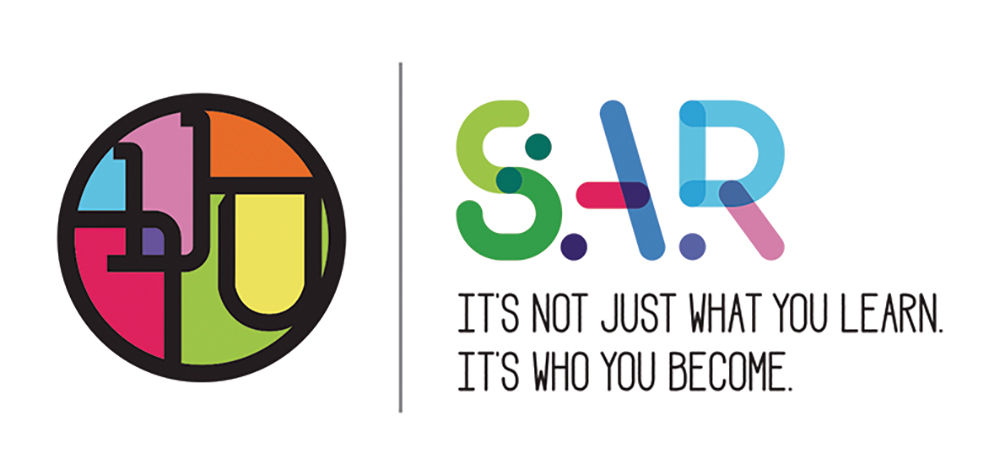
At the beginning of every school year, many tefillah educators face a common challenge: how to meaningfully engage students in the additional tefillot of Selichot. These prayers were introduced to inspire worshippers to make the most of the annual pre-Yamim Noraim (High Holidays) period, encouraging reflection on the past year’s challenges and accomplishments while fostering a mindset conducive to teshuva (repentance).
Several obstacles stand in the way of engagement. The unfamiliar format and vocabulary of Selichot coupled with the increased time spent in tefillah spaces strain students’ already limited attention spans. This challenge is particularly pronounced in high school settings, where the lengthy and unfamiliar Selichot service can be difficult for students to follow and for teachers to instruct effectively.
As thoughtful Jewish educators, we must ask ourselves: How can we convey the beauty and significance of Selichot in a way that truly engages our students’ spiritual selves? How do we cultivate inspiration and create meaningful experiences for high school students in advance of the Yamim Noraim?
The importance of this task cannot be overstated. Selichot are integral to some of the most cherished moments of Yom Kippur, recited throughout the day, with many of the pizmonim (responsive poems) from the Selichot season anticipating their being recalled during Neilah at the close of Yom Kippur. They are meant to inspire a connection to Hashem and an awakening to teshuva. Our challenge is to make this spiritual awakening accessible and resonant for our students, transforming what has been inaccessible into something more meaningful.
Approximately 10 years ago, we researched Selichot and ultimately produced a Selichot booklet for use by students and teachers at SAR High School. We questioned every assumption and minhag (custom) related to Selichot. We approached the task keeping in mind our population of Modern Orthodox students. We consulted with the leadership at SAR High School for guidance regarding halakha and liturgical format. Before creating this resource, we dedicated a full year to extensive research. Our study focused on the authors of the Selichot as well as why and how these prayers became an integral custom for all Jewish people.
As we studied the Selichot text, we identified which paragraphs were essential to the nature and essence of Selichot, and which pizmonim and texts might be most relatable to adolescents. Finally, we made sure to retain those sections of Selichot that were typically recited or sung as a community during the prayers.
We interviewed students to learn from their experiences with Selichot in school. One student shared that they would purposefully arrive late to school to avoid sitting through what she described as “unbearable.” We also reached out to other schools to find out what was working for them. Rabbi Daniel Alter, then the principal of the Denver Academy of Torah, mentioned that he had found some success following the Sephardic model and reciting a more consistent version of Selichot every day. Traditional Ashkenazic Selichot vary from one day to the next while Sephardic Selichot maintain the same service daily.
With consultation and approval from SAR High School’s leadership team, we adopted that repetitive aspect of Sephardic Selichot. We thought that we could build on our research further and imagined a Selichot experience that would be easier to understand and easier to use in order to make meaning. We crafted a Selichot booklet that follows the Ashkenazic Selichot process as far as what to say and when to say it but is the same for every day of Selichot. We also wrote an accessible translation and arranged guiding paragraphs and questions. We added a second pizmon in order for students and teachers to include a limited amount of change from day to day. We hoped that being able to familiarize themselves with the Selichot would allow students to understand the Selichot and connect to them with more facility.
Out of the many pizmonim, we chose one that is recited at the end of the Yom Kippur service, the Neilah, which we hoped would enable our students to have a more meaningful and engaging Yom Kippur Neilah experience. Highlighting the communal aspects of Selichot provides an opportunity for our students to pray alongside their families on Yom Kippur in their home communities.
We are so thankful for the enthusiastic embrace our work on Selichot has since received from SAR teachers and students. For our work to now be something that can essentially be “up-cycled” by Sephardic students and teachers in SAR High School is even more gratifying. As you may have read last week, Ms. Denise Samstein has crafted a students’ Sephardic Selichot booklet that is beautiful, joyful and deep. Participating in this partnership between Ashkenazic and Sephardic communities feels like such a gift. We’ve felt so much unity this year as the Jewish community has faced terrible antisemitism; it feels empowering to bring this sense of togetherness to school projects like this one.
Rabbi Lindenbaum teaches Jewish Studies and works in Israel Guidance at SAR High School. He graduated from Yeshiva University and received his semicha from Rav Zalman Nechemiah Goldberg of Jerusalem. He earned certification from the Jewish New Teacher Project and participated in the Pardes Center for Jewish Educators’ Aleinu L’Shabeach conference and Mechon Hadar’s JJGI Fellowship.
Rabbi Drelich earned rabbinic ordination from Yeshiva Rabbi Samson Raphael Hirsch, a Master’s Degree in education from Adelphi University, and certification in educational leadership from the Harvard University Graduate School of Education. He served as Associate Principal of the Moriah School in Englewood and was Dean of Students at SAR Middle School for 24 years.
About Machon Siach: Machon Siach was established in 2015 with a legacy gift from Marcel Lindenbaum, z”l, honoring the memory of his wife, Belda Kaufman Lindenbaum, z”l.








